Tomi Räty
A network community detection method with integration of data from multiple layers and node attributes
May 22, 2023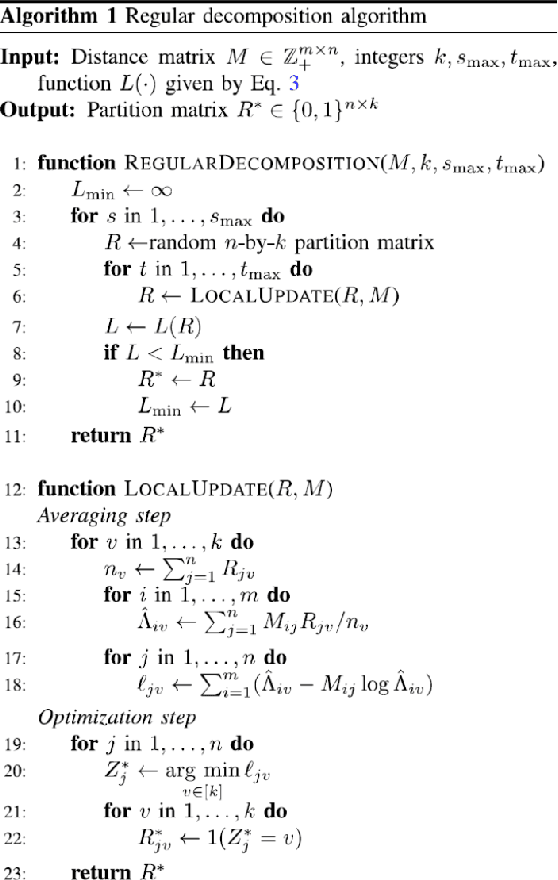

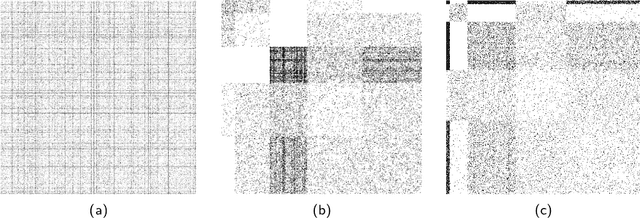

Abstract:Multilayer networks are in the focus of the current complex network study. In such networks multiple types of links may exist as well as many attributes for nodes. To fully use multilayer -- and other types of complex networks in applications, the merging of various data with topological information renders a powerful analysis. First, we suggest a simple way of representing network data in a data matrix where rows correspond to the nodes, and columns correspond to the data items. The number of columns is allowed to be arbitrary, so that the data matrix can be easily expanded by adding columns. The data matrix can be chosen according to targets of the analysis, and may vary a lot from case to case. Next, we partition the rows of the data matrix into communities using a method which allows maximal compression of the data matrix. For compressing a data matrix, we suggest to extend so called regular decomposition method for non-square matrices. We illustrate our method for several types of data matrices, in particular, distance matrices, and matrices obtained by augmenting a distance matrix by a column of node degrees, or by concatenating several distances matrices corresponding to layers of a multilayer network. We illustrate our method with synthetic power-law graphs and two real networks: an Internet autonomous systems graph and a world airline graph. We compare the outputs of different community recovery methods on these graphs, and discuss how incorporating node degrees as a separate column to the data matrix leads our method to identify community structures well-aligned with tiered hierarchical structures commonly encountered in complex scale-free networks.
Towards analyzing large graphs with quantum annealing and quantum gate computers
Jun 30, 2020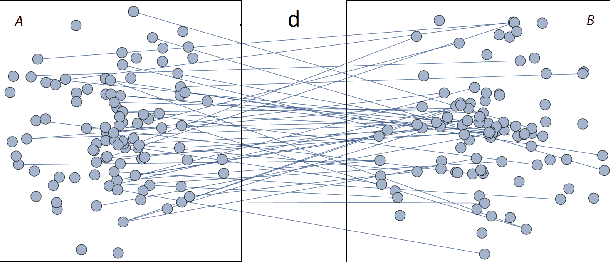
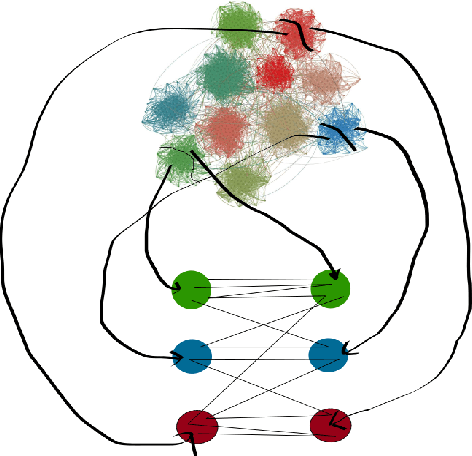
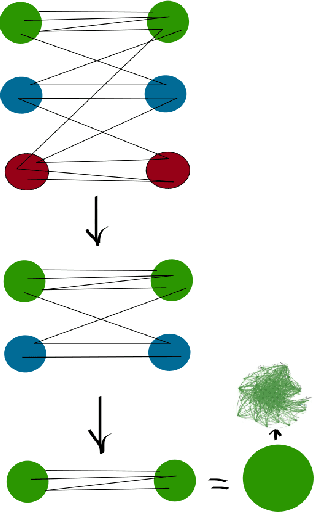
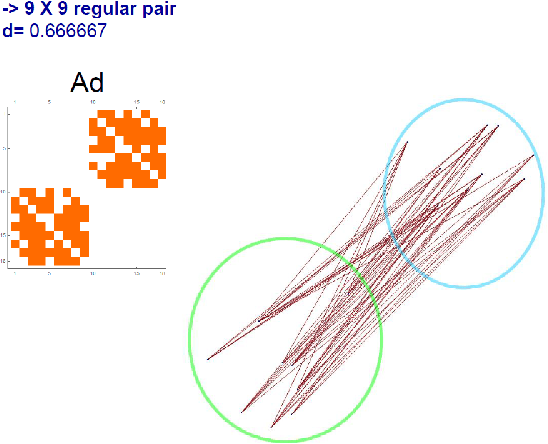
Abstract:The use of quantum computing in graph community detection and regularity checking related to Szemeredi's Regularity Lemma (SRL) are demonstrated with D-Wave Systems' quantum annealer and simulations. We demonstrate the capability of quantum computing in solving hard problems relevant to big data. A new community detection algorithm based on SRL is also introduced and tested. In worst case scenario of regularity check we use Grover's algorithm and quantum phase estimation algorithm, in order to speed-up computations using a quantum gate computers.
 Add to Chrome
Add to Chrome Add to Firefox
Add to Firefox Add to Edge
Add to Edge